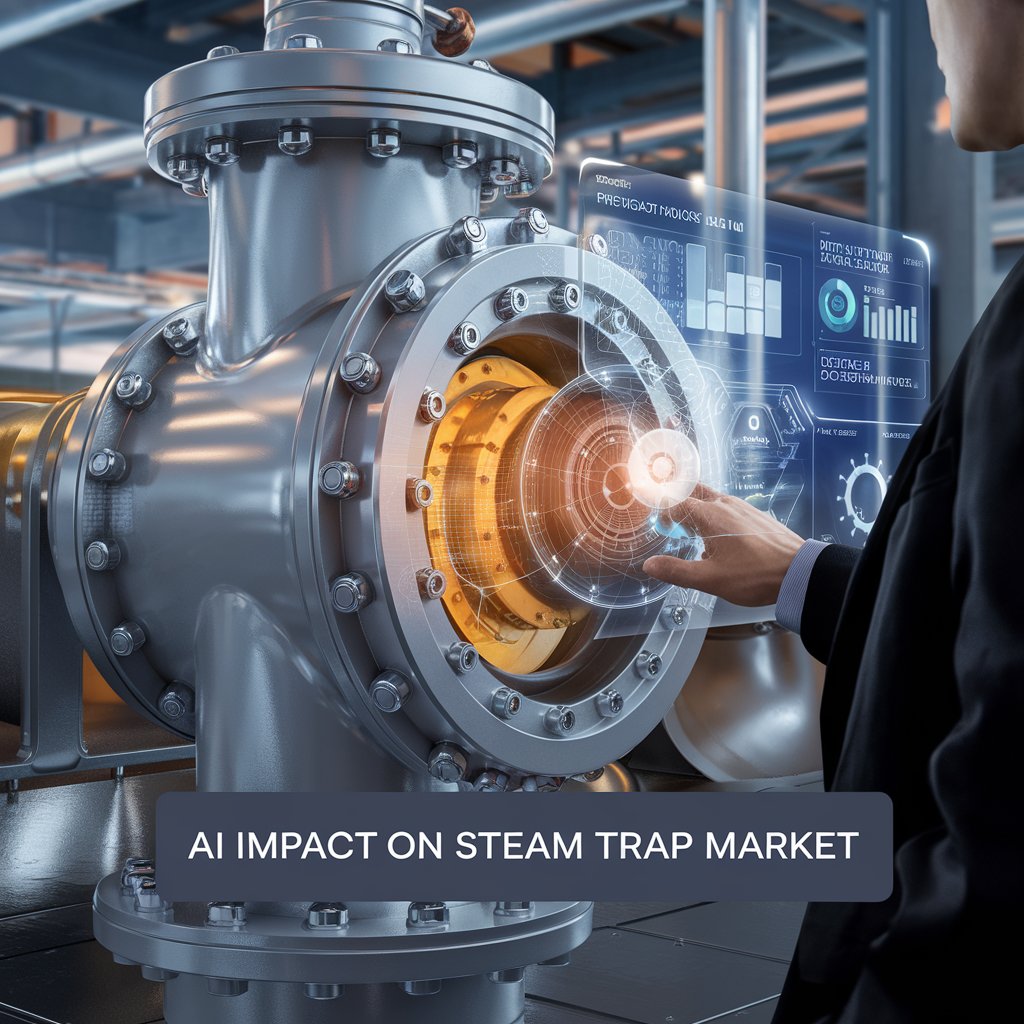Steam traps are essential components in industrial systems, ensuring the efficient removal of condensate from steam lines while minimizing energy loss. Traditional steam traps face challenges like inefficiencies, leakage, and maintenance downtime. Integrating Artificial Intelligence (AI) into steam trap systems is revolutionizing this critical process, offering unparalleled accuracy and efficiency in industrial operations.

AI-powered steam traps would bring about a great advantage in terms of increasing system efficiency and reliability. They predict any problem even before the failure, reducing both downtime and associated costs. Continuous monitoring can be set up to assess its performance in real-time, ensuring optimal behavior and the detection of any anomaly at once. Energy savings can also occur because of the accurate control of the flow of steam, which ensures that no unnecessary consumption of energy takes place. In addition, AI-powered steam traps also reduce emission of CO2 since they enhance energy efficiency together with the elimination of leaks in the steam.
The growth of the steam trap market is mainly driven by the increasing demand for energy-efficient steam systems. Steam traps automatically release condensate and non-condensable gases from steam systems. Thus, they prevent the loss of live steam. Therefore, steam traps increase the efficiency of the steam systems and decreases the energy usage. Moreover, the inclusion of the sensors along with Al, the steam trap enables timely maintenance and streamlined operations by minimizing human interference to achieve optimal system results.
How AI Enhances Steam Trap Operations
- Real-Time Monitoring: AI-powered steam traps use advanced sensors and algorithms to monitor system performance continuously. Parameters like pressure, temperature, and condensate levels are analyzed to detect anomalies instantly.
- Predictive Maintenance: AI algorithms predict potential failures or inefficiencies, enabling timely intervention before costly breakdowns occur.
- Energy Optimization: By ensuring that steam traps operate at peak efficiency, AI minimizes energy losses, contributing to significant cost savings and sustainability goals.

Key Benefits of AI-Driven Steam Traps
- Reduced Downtime: Real-time monitoring and predictive analytics ensure minimal disruption in industrial processes.
- Enhanced Efficiency: Automated adjustments optimize condensate removal, reducing energy wastage.
- Cost Savings: Improved operational efficiency and reduced maintenance requirements lead to lower overall costs.
- Environmental Impact: Minimizing steam loss reduces carbon emissions, aligning with green initiatives.
Applications Across Industries
- Oil and Gas: Ensures uninterrupted steam flow, critical for refining and petrochemical processes.
- Food and Beverage: Maintains precise temperature control for food processing and sterilization.
- Pharmaceuticals: Provides consistent steam quality for sterilization and manufacturing processes.
Challenges and the Future of AI Steam Traps
While AI steam traps offer numerous advantages, the initial setup costs and the need for skilled personnel to manage AI systems remain challenges. However, advancements in AI, IoT integration, and decreasing technology costs are expected to drive widespread adoption.

AI-enhanced steam traps are a game-changer in industrial automation, bridging the gap between efficiency and sustainability. By leveraging AI’s predictive and adaptive capabilities, industries can achieve unprecedented levels of operational excellence, ensuring long-term profitability and environmental stewardship. As the technology matures, AI steam traps are set to become a cornerstone of smart industrial infrastructure.
